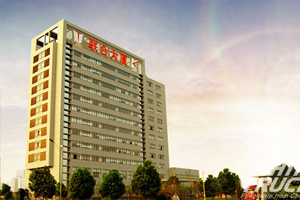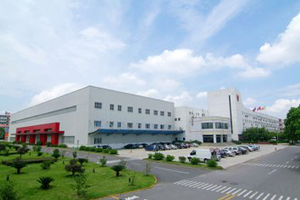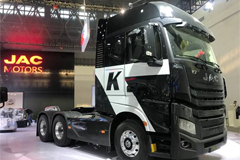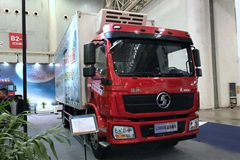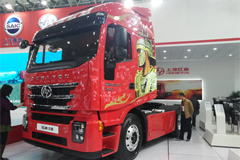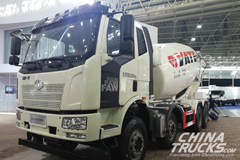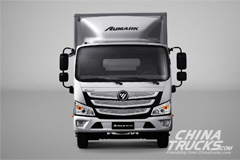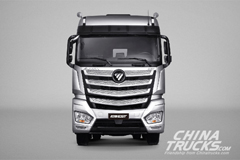FAW Secures a Credit Line of 1 Trillion Yuan from 16 Chinese Banks
Date 26 October 2018 FAW workers celebrate the rollout of Jiefang J7 trucks at a manufacturing facility in Changchun. The state-owned company plays a major role in the economy of northeastern China.
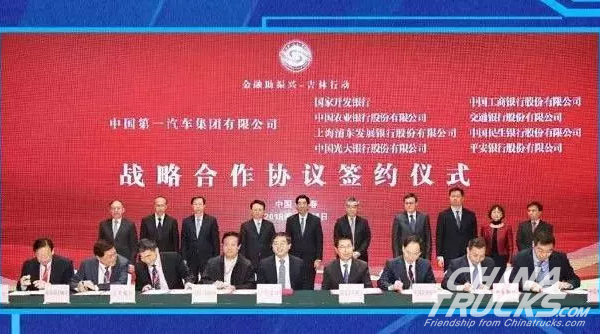
With a stock market that has fallen by over 15 percent this year and a currency reaching its 10-year lows, Chinese authorities have been bombarding the media with announcements of the various measures they have taken to pump more money into the economy and boost investor sentiment.
Yet, there is a news story that has largely gone under the radar: 16 Chinese banks recently signed an agreement with Changchun-based FAW to provide a credit line of 1 trillion yuan (US$144 billion) to help revive the 65-year-old state carmaker.
That a trillion yuan has been earmarked for a single state-owned enterprise is unprecedented, even historic, especially if you compare it with the 4 trillion yuan stimulus package that China launched for the entire economy in the wake of 2008 global financial crisis.
The huge amount of funding can be seen as an important signal that the central government wants to revitalize the economies of China’s northeastern provinces.
We should note that the difficulties faced by China’s coastal private enterprises and the northeastern state-owned enterprises are not the same. The former is caught in the emerging debate over the role of the private sector in the economy against the backdrop of an escalating trade war with the United States. Beijing has tried to soothe investor concerns and restore confidence in the private sector via tax cuts and a reduction in financing costs.
By contrast, SOEs in northeastern China have struggled for years, and FAW is one vivid example.
Established in 1953, FAW is the first automaker in China. Several top Chinese leaders like former president Jiang Zemin have actually worked there.
In 1956, FAW manufactured the first mass-produced automobile under the Jiefang brand. Back then, the automotive industry in Jilin, the petrochemical sector in Heilongjiang, and the steelmaking and shipbuilding industries in Liaoning were symbols of China’s heavy industry. They served as the engines of the nation’s economy for decades.
However, the planned economy and collectivism have their disadvantages. The northeastern region has failed to benefit from the nation’s reforms and opening-up policy and consequently lagged behind the rapid growth in coastal regions.
FAW reported that its auto sales rose by 7.1 percent to 1.71 million units in the first half of this year. But nearly 95 percent of the sales are from joint-venture brands with Volkswagen, Audi, Toyota, and other foreign automakers.
FAW’s homegrown brand, Tianjin FAW Xiali Automobile (000927.CN), posted an interim loss of 640 million yuan. The listed unit also suffered an insolvency crisis.
Looking forward, by 2022, foreign carmakers, currently restricted to 50 percent ownership in joint ventures, will be allowed to own a mainland plant outright as authorities have pledged to lift the restriction. That would put Chinese automakers such as FAW in jeopardy.
Beijing hopes to revive FAW with a massive credit line. However, it should be made clear that it is a debt that the company has to pay back eventually. Also, the company is receiving 1 trillion yuan of “contingent credit line” instead of an immediate capital injection.
The automaker can use the credit line to ease the debt crisis of its subsidiary, as well as acquire some domestic or foreign automaker before the 2022 deadline, in an attempt to keep itself afloat.
Meanwhile, the company employs more than 500,000 people in the region and supports various related industries such as steelmaking, auto parts, logistics, etc. As such, FAW can play a big role in reviving the growth momentum in the region.
Before his symbolic “Southern Tour” this week, President Xi Jinping visited the northeastern region in late September. He called on the region to improve the business environment and deepen reforms.
The region’s economic growth has lagged behind largely due to bureaucracy and protectionism. A massive financial backing may not be able to tackle these deep-rooted issues, or even worse, the credit line could become a huge bad debt for the 16 banks.
The banks include the Big Four state-owned commercial lenders, China Merchants Bank, Bank of Communications, Mingsheng Bank, China Everbright Bank, Industrial Bank, and Ping An Bank. (www.chinatrucks.com)
Views:0
- 209 Jiefang J6P Tractors Were Delivered to Mongolia 2022-04-02
- FAWDE’s Engine Export Increased by 37% YOY in Q1 2022-03-31
- Over 100 Jiefang Heavy Trucks Are Delivered for Railway Construction in Nigeria 2022-03-07
- FAW Jiefang Put into Operation Its J7 Smart Vehicle Plant 2021-12-20
- FAW Jiefang: Overseas Sales to Account for 10% of Total Sales by 2025 2021-11-26
- FAW Jiefang and ZOOMLION Continue to Deepen Their Strategic Partnership 2021-11-25
- FAW Group Participates the Second China-Africa Economic And Trade Expo 2021-09-30
- FAW-Eastern European Company Set Sales Record of Over 1000 Units for CV 2021-08-24
- Top Ten Tractor Manufacturing Companies in China in July 2021-08-23
- FAW Jiefang Rolls Off Its 8 Millionth Vehicle 2021-07-16
Submit Your Requirements, We Are Always At Your Service.
- BYD Stopped the Production of Fuel Vehicles
- Geely Began Test Runs of Green E-methanol Vehicles in Danmark
- 2022 SANY Global Dealer Summit Was Held Successfully Online
- BYD and Shell Partner on EV Charging across China and Europe
- Daimler Truck Significantly Increase Sales, Revenue and Net Profit in 2021
- Scania Year-end Report January-December 2021
- Hyundai Motor and Iveco Group Sign MOU to Explore Future Collaboration
- GAUSSIN Enters China, the Largest Truck Market in the World
- Over 1,200 Hydrogen-powered Vehicles Deployed for the Beijing Winter Olympics
- Chinese New Year Holiday Closure Notice
- China's Truck Exports Grew by 30% YOY to 63490 Units in January-February
- China's New Energy Heavy Trucks Grew Despite an Overall Slump
- Heavy-duty Truck sales in China Fell by 54% to 54,000 units in February
- SINOTRUK Achieves Sales of 27,725 Vehicles in January, 2022
- China’s Domestic Tractor Sales Exceed 40,000 Units in January
- 2021 JAC International Pickup Export Performance
- JAC Achieved a Great Result in 2021
- China's Truck Export in 2021 Reached a 10-year Peak
- Heavy-duty Truck Sales in China Fall 57 Percent on Year in January
- China Recorded Sales of 645000 Tractors in 2021


